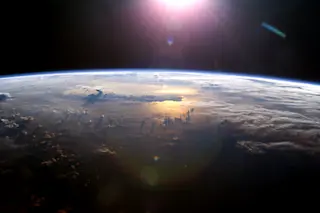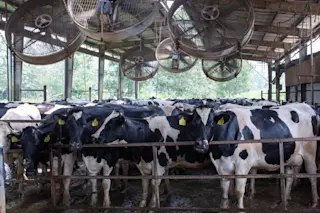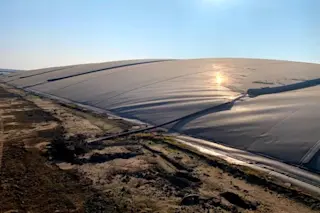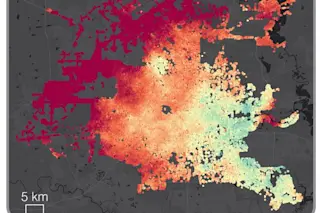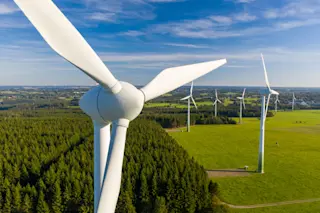Carbon dioxide in our atmosphere reached it's annual peak in May, topping out at the highest level ever directly measured since modern observations began 63 years ago.
That level, as measured atop Mauna Loa in Hawaii, reached a monthly average of 419 parts per million, scientists from NOAA and the Scripps Institution of Oceanography have announced.
Using indirect methods for determining levels of CO2 going back millions of years, scientists estimate that this is the highest concentration since a period known as the Pliocene Climatic Optimum, between 4.1 million and 4.5 million years ago. At that time, the globe's average temperature was roughly 7 degrees Fahrenheit higher than in pre-industrial times, and sea level was about 78 feet higher than today.
Even 'just' 10 feet of sea level rise would cause severe challenges in coastal areas around the world. To offer one example, most of Florida south of about Fort ...


